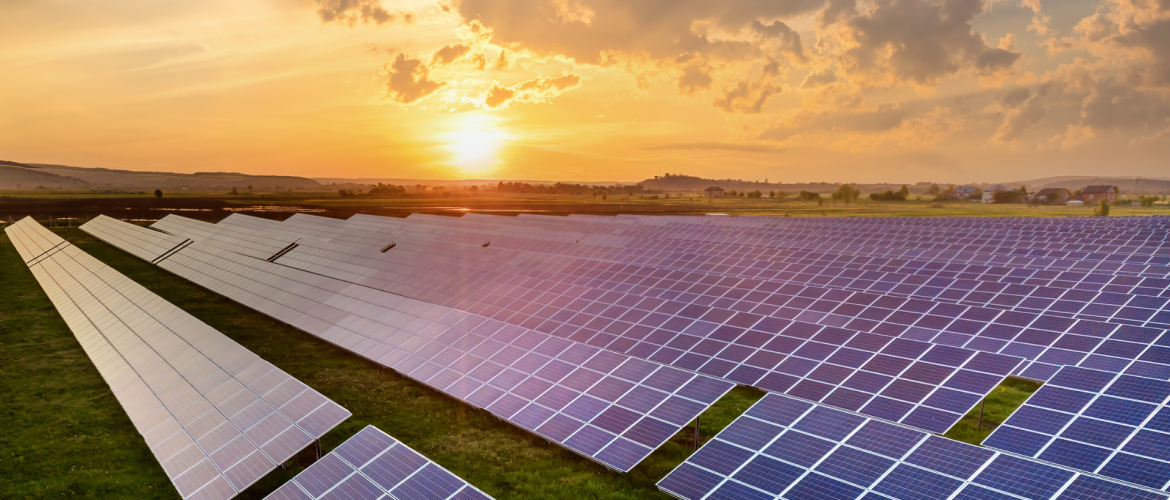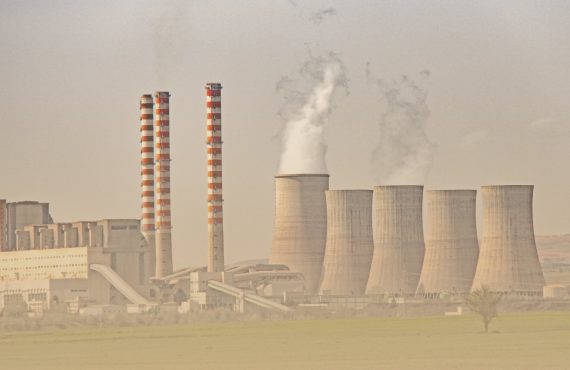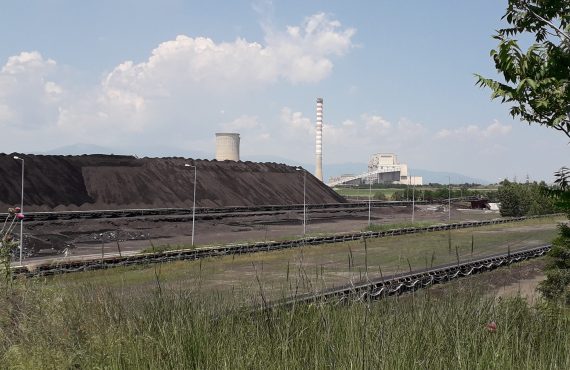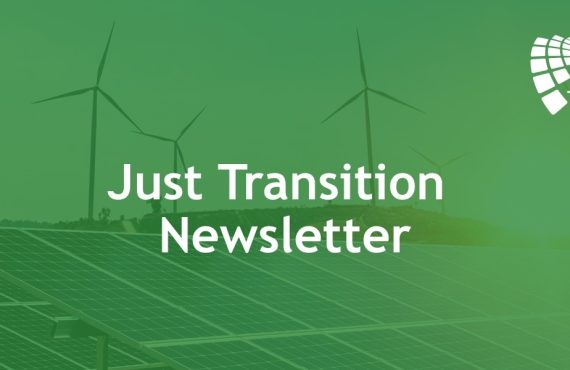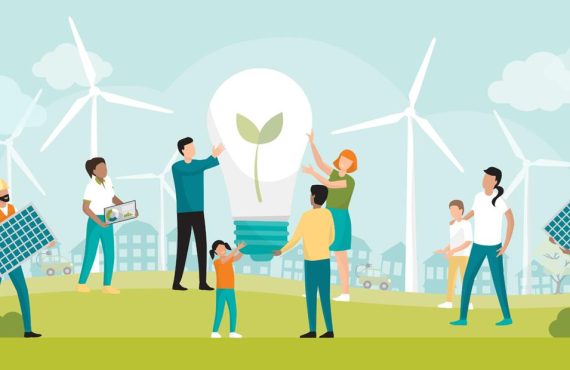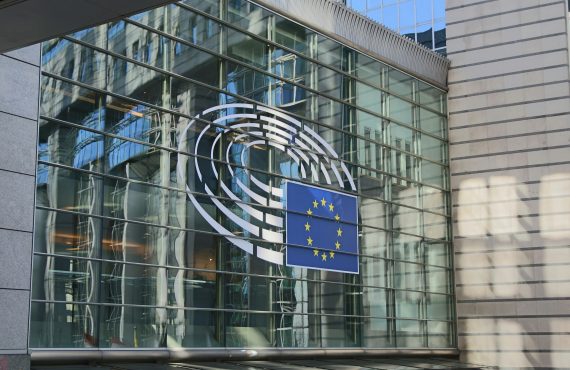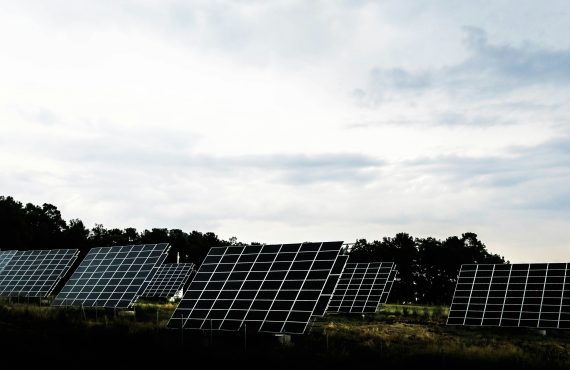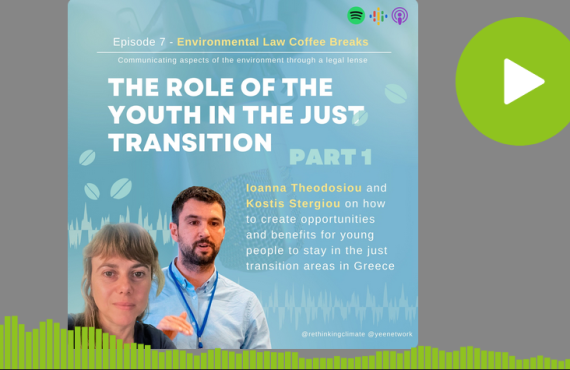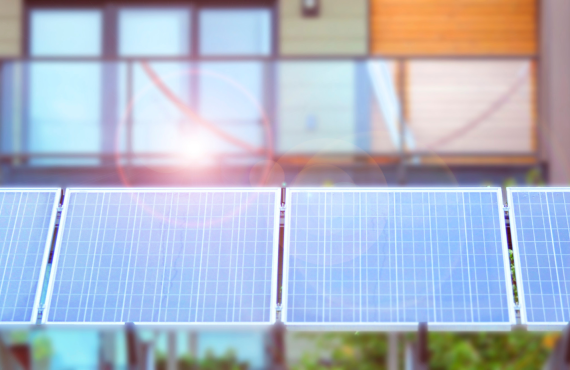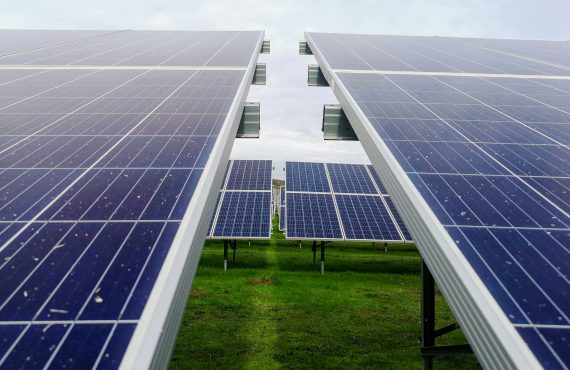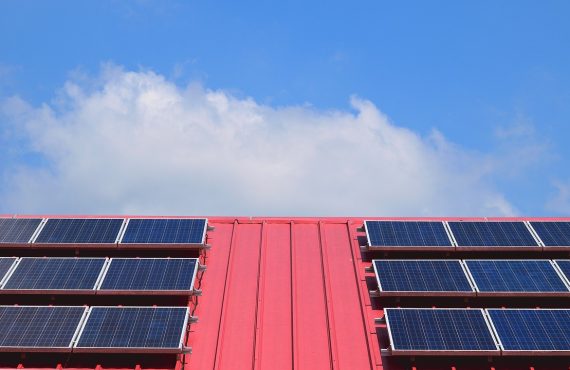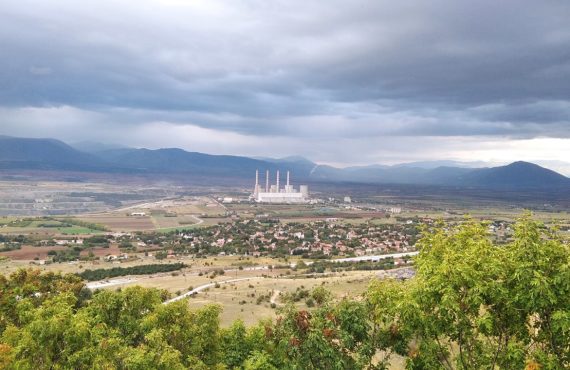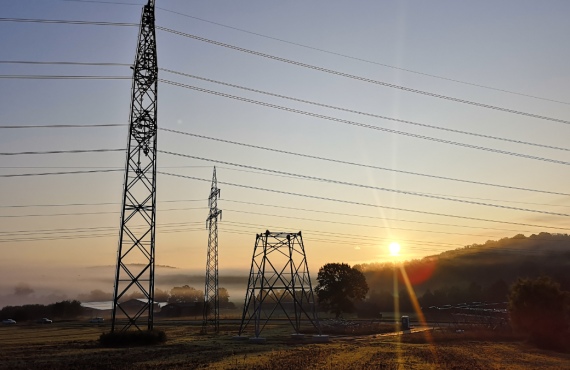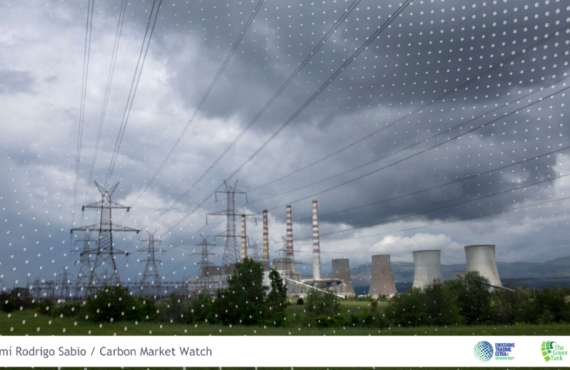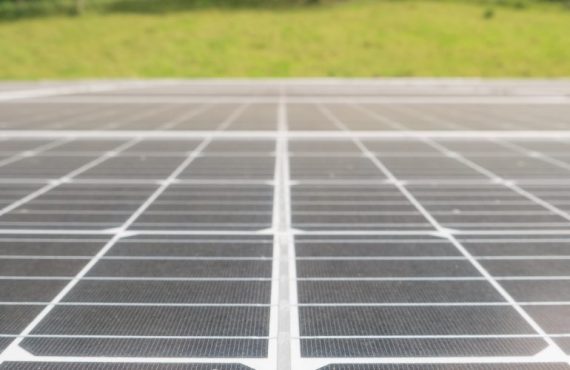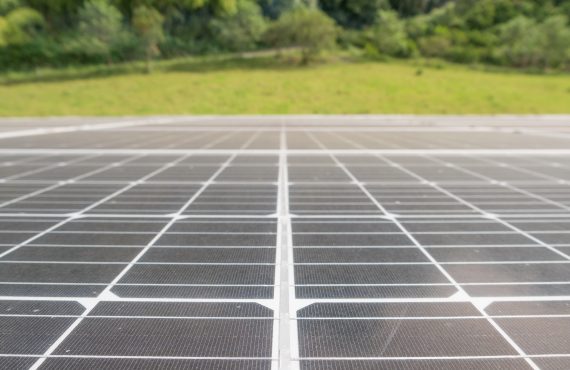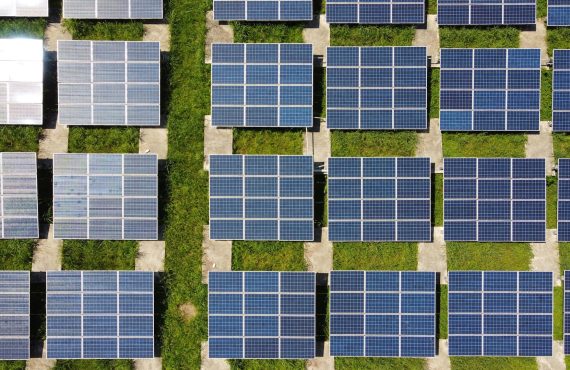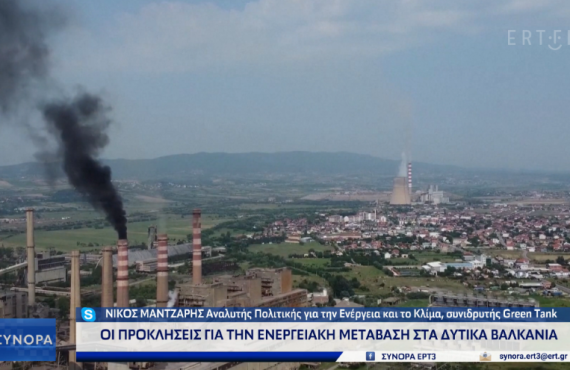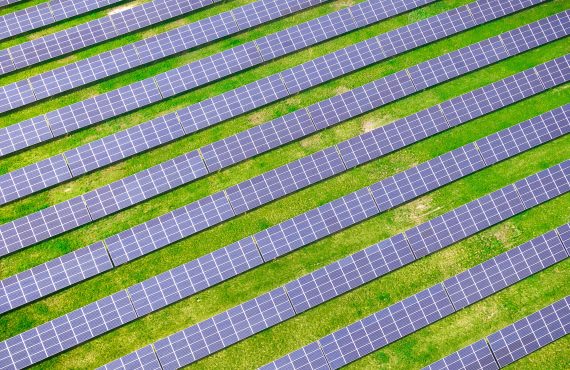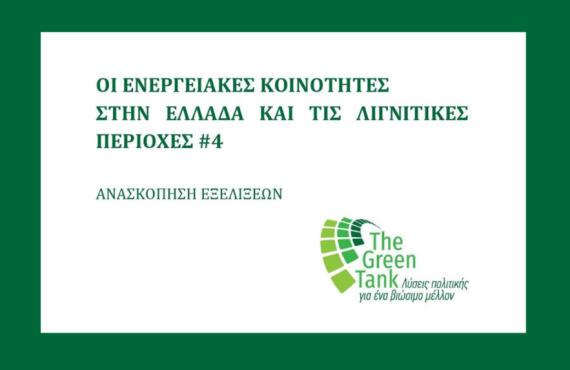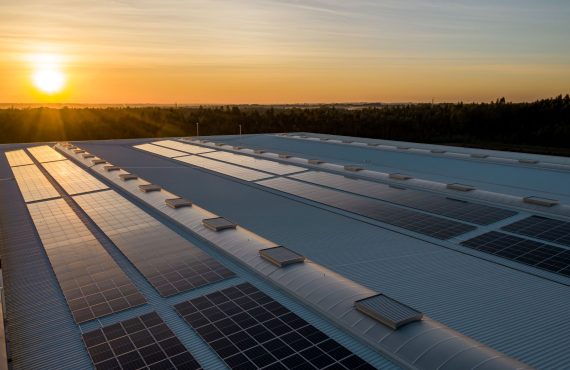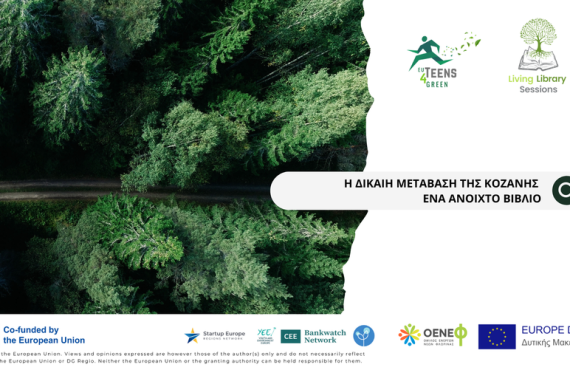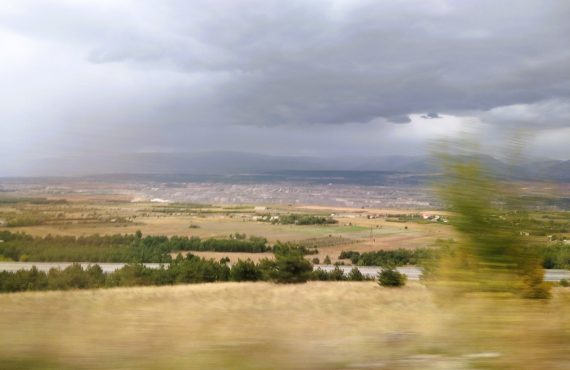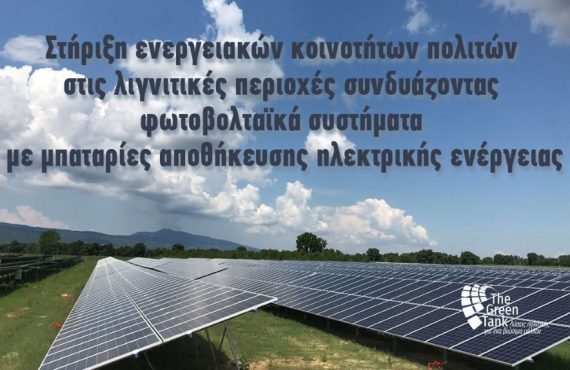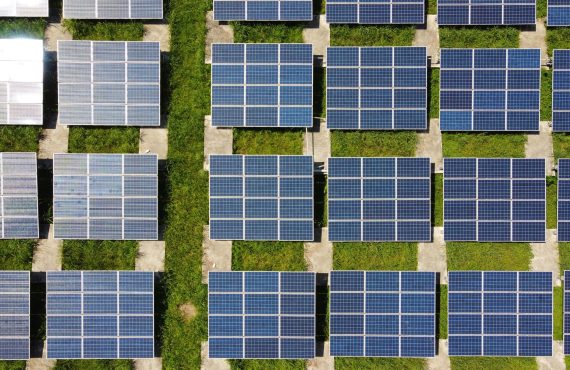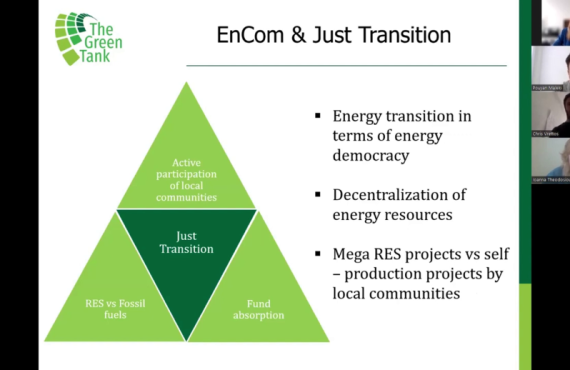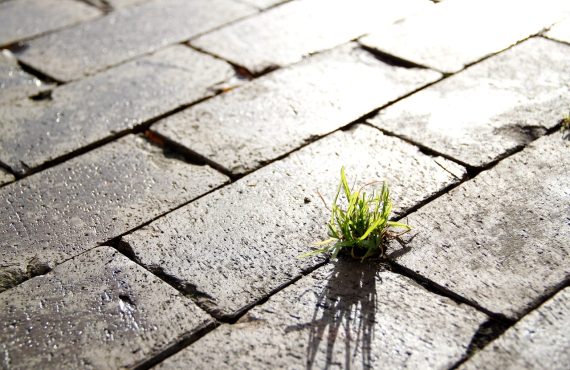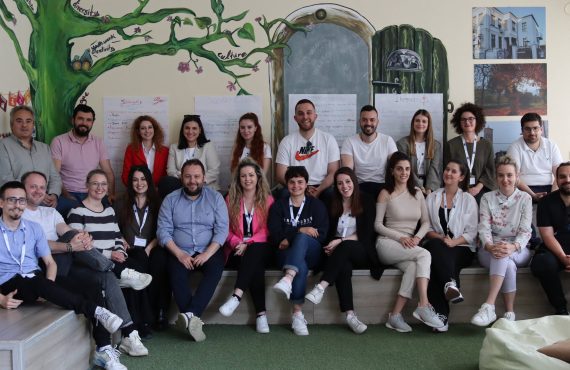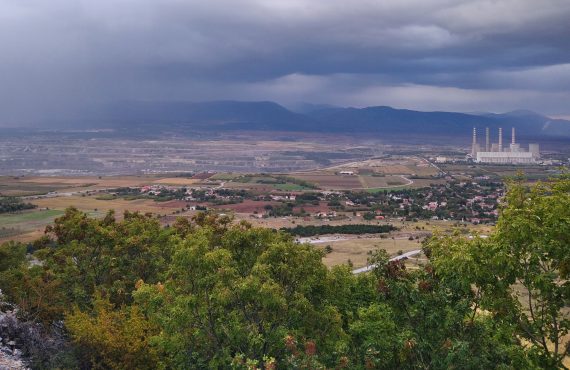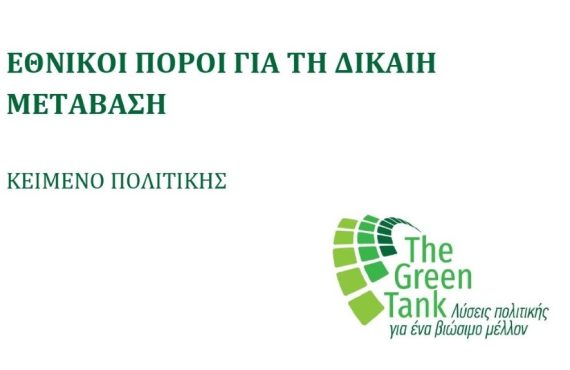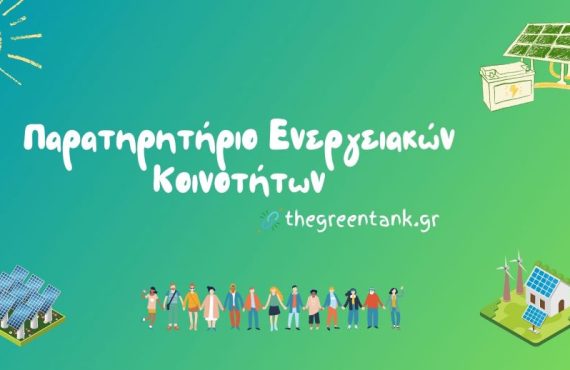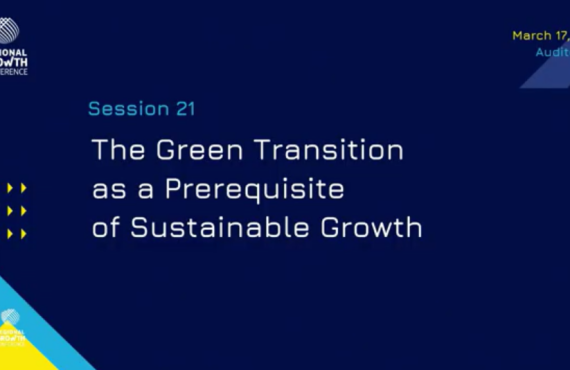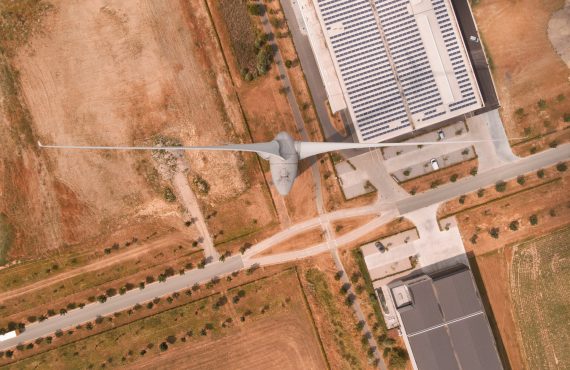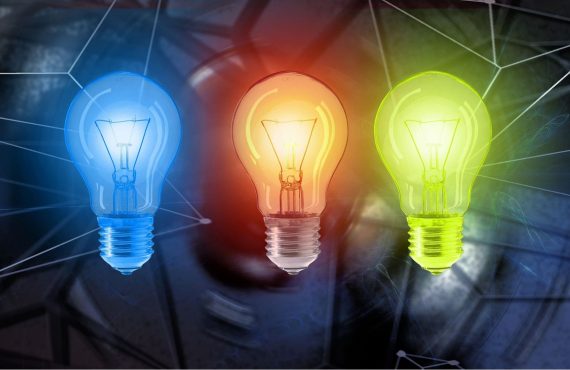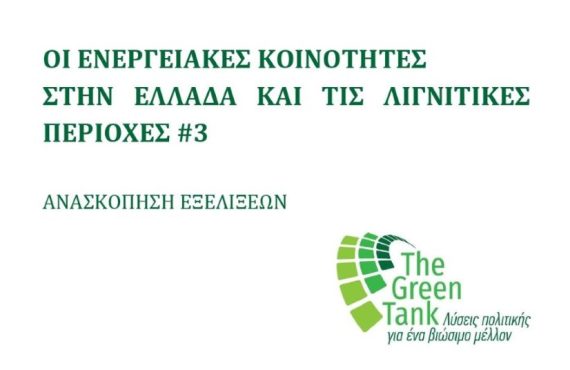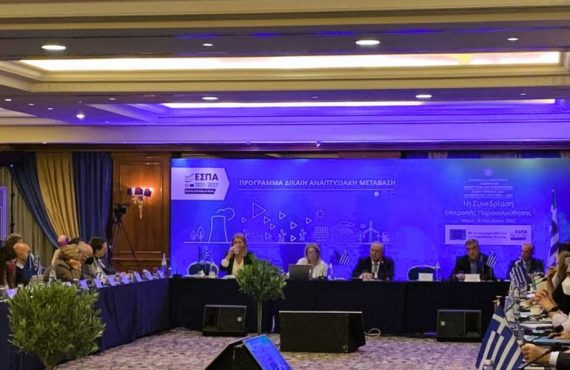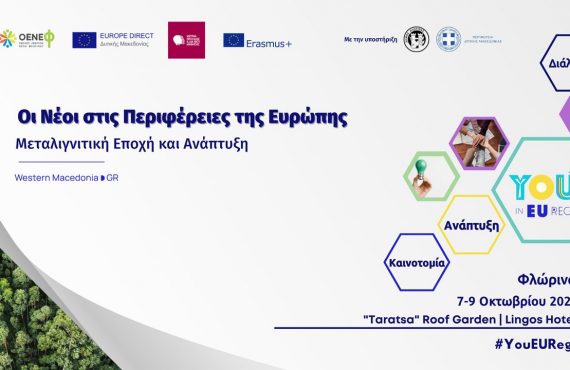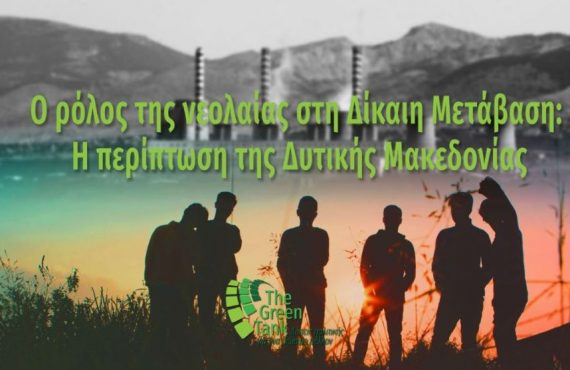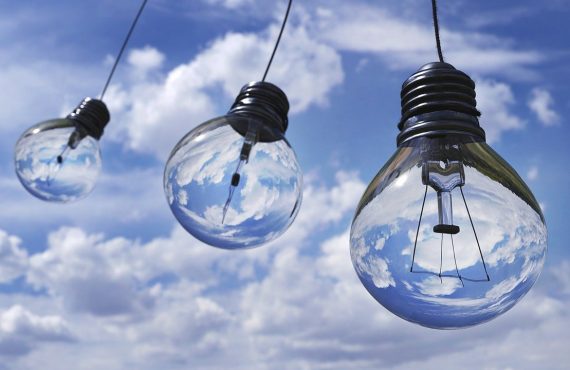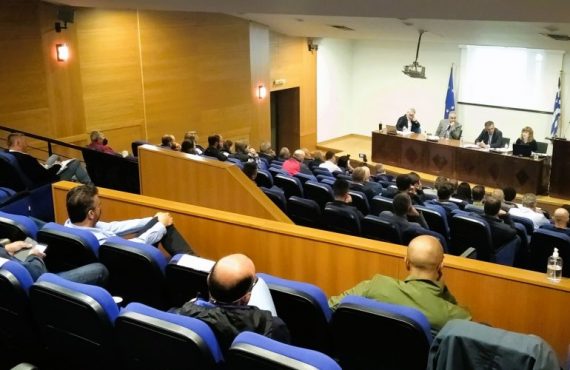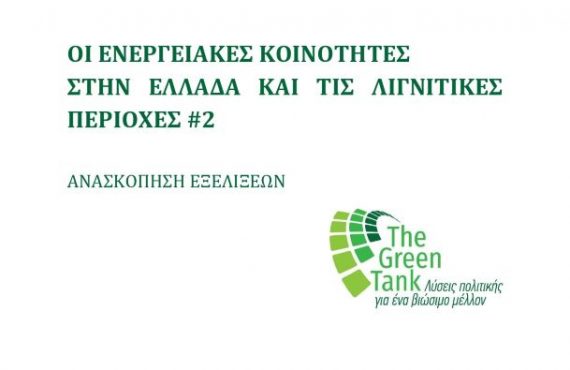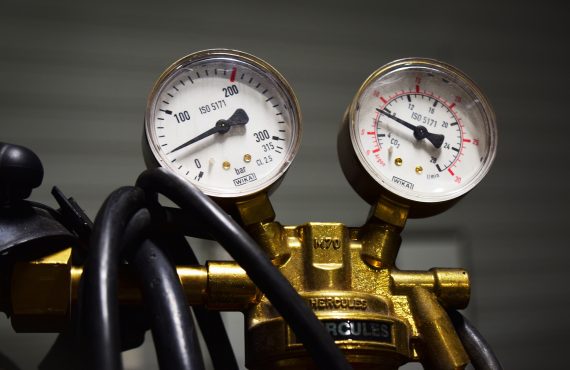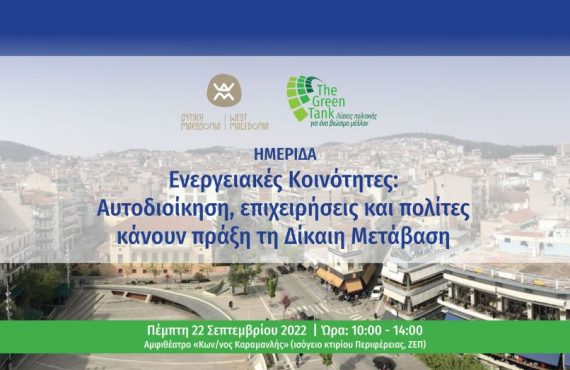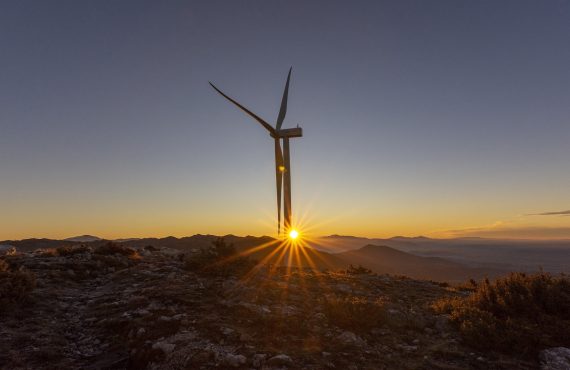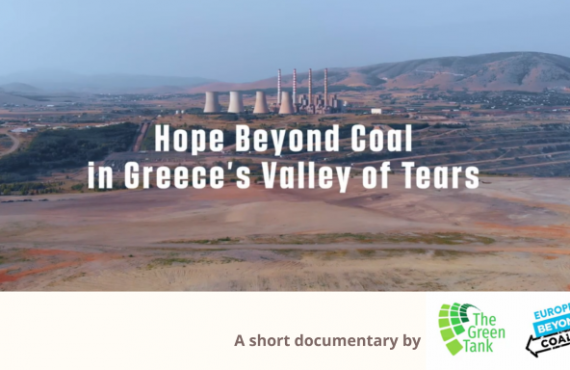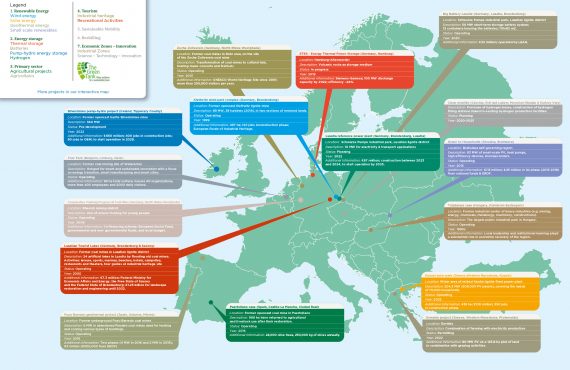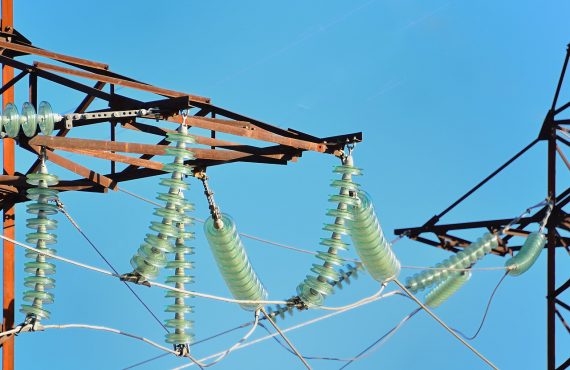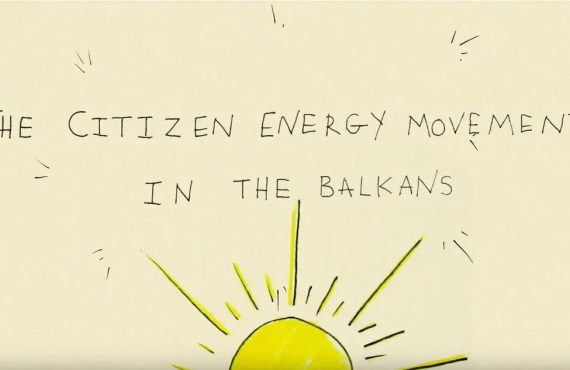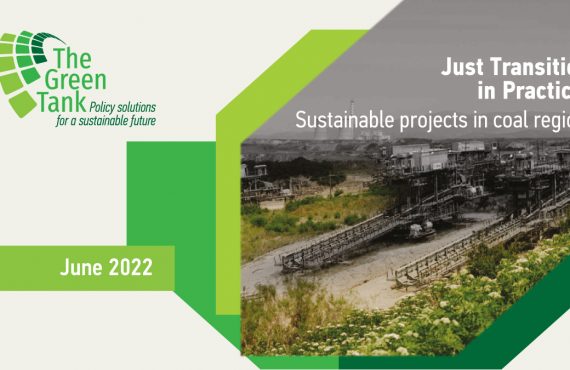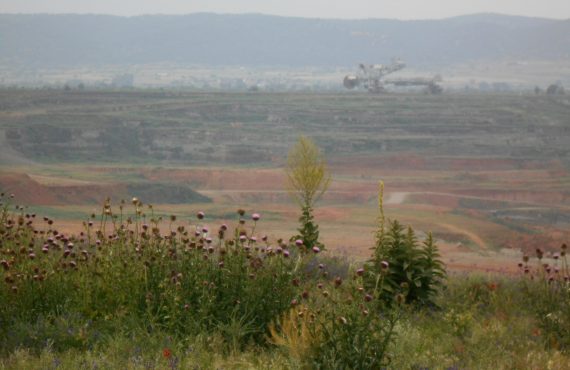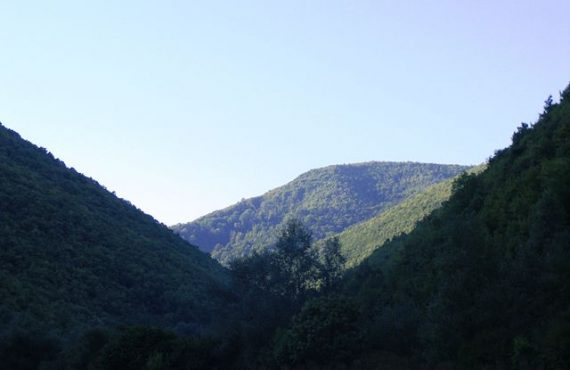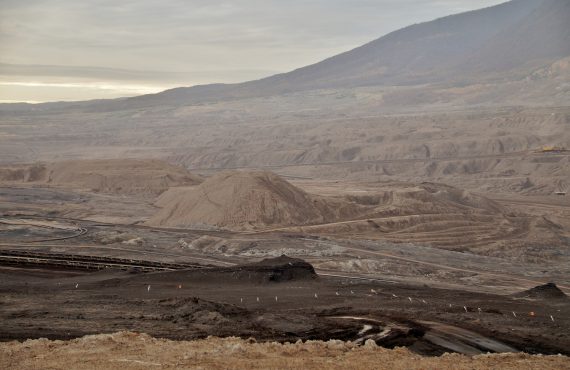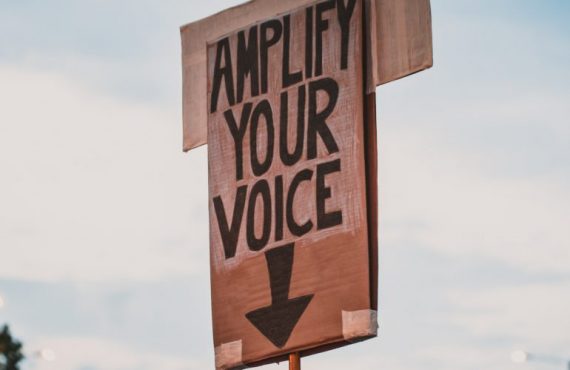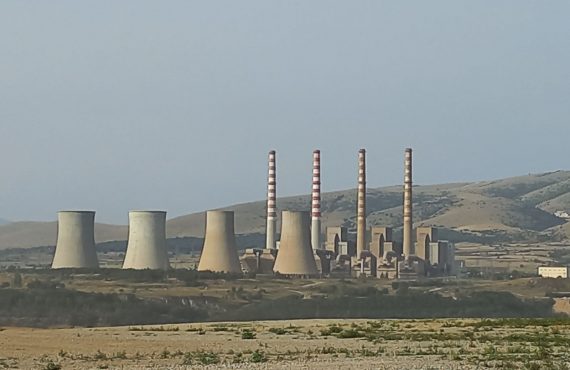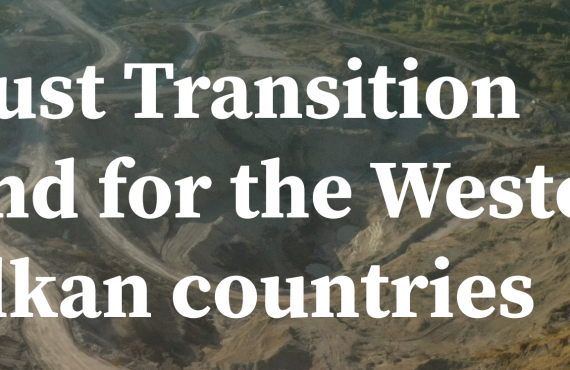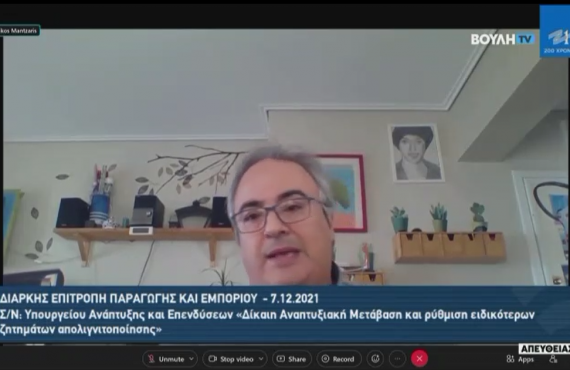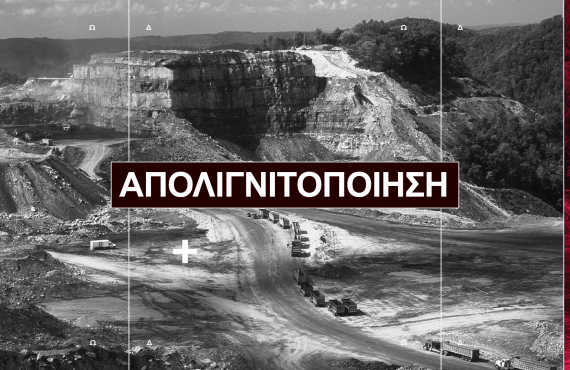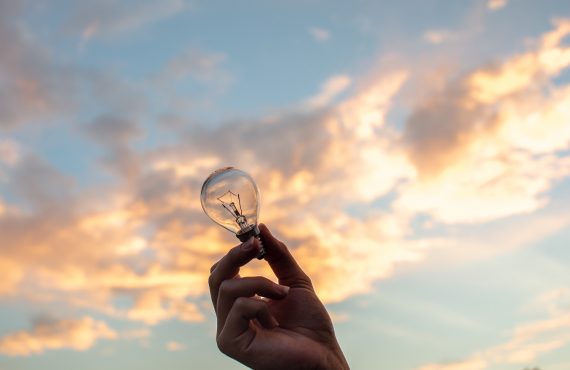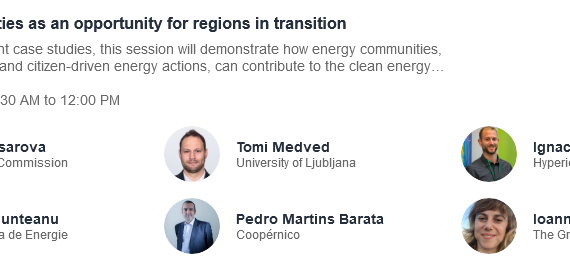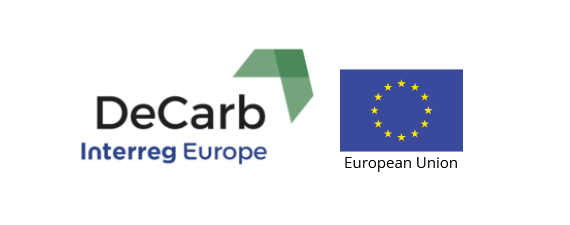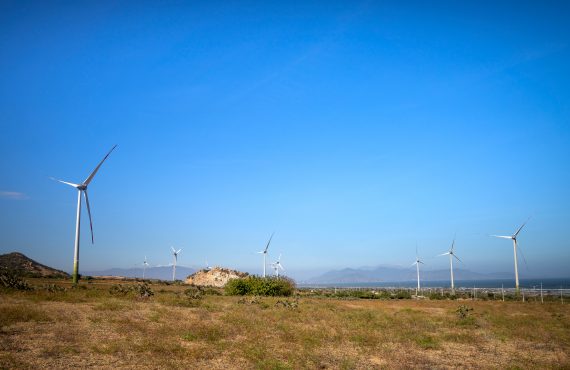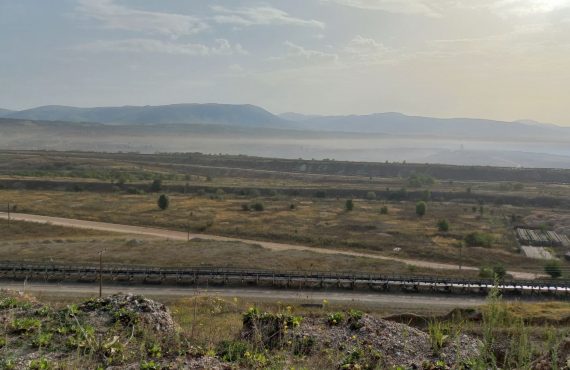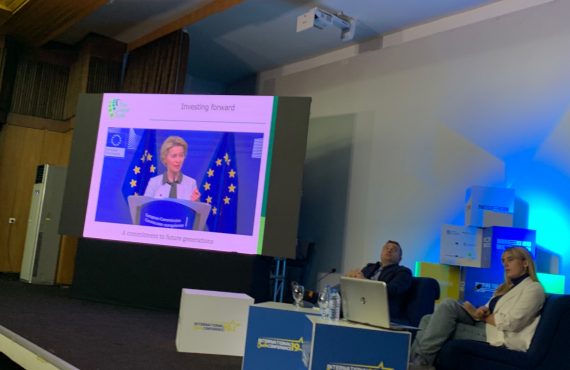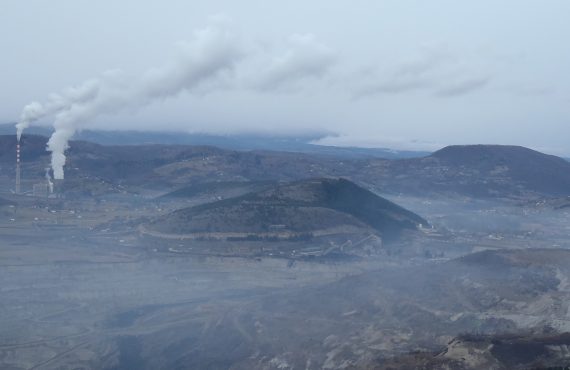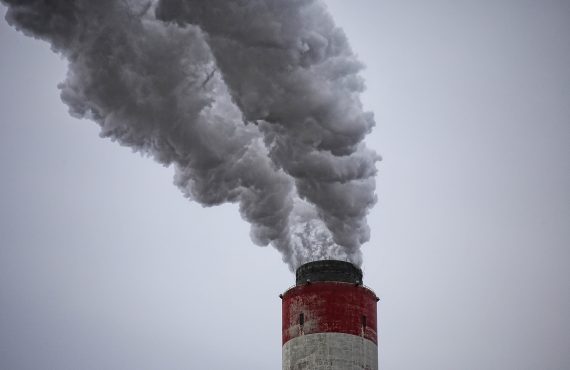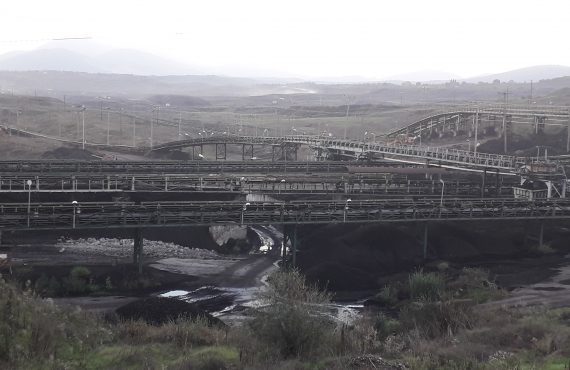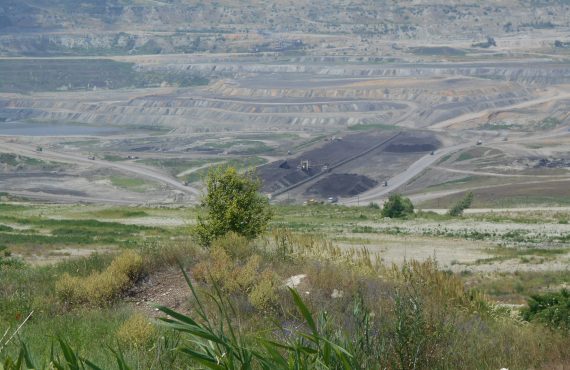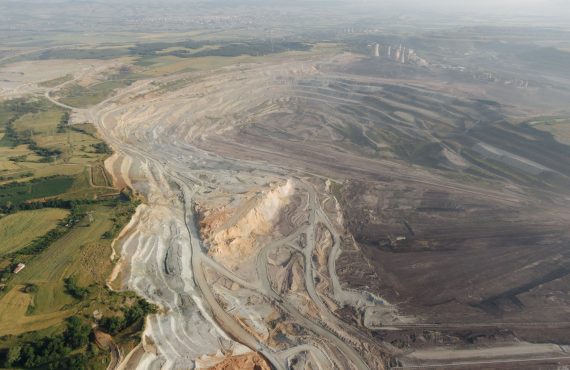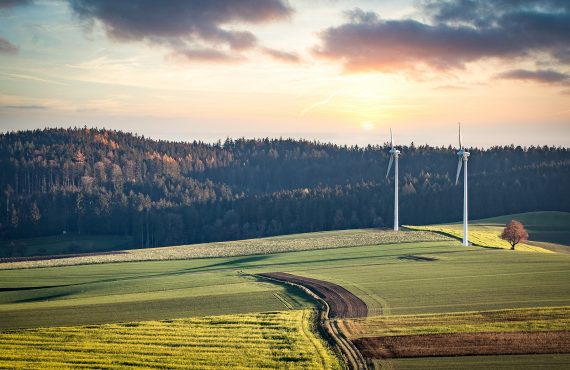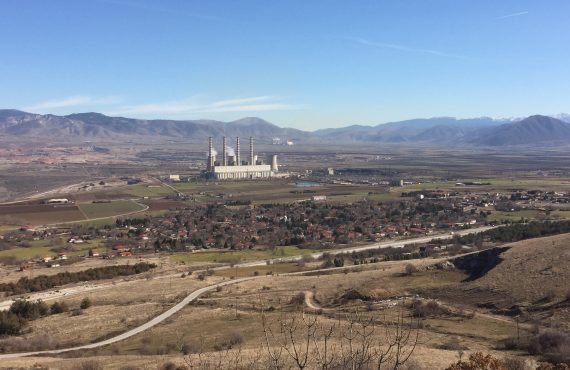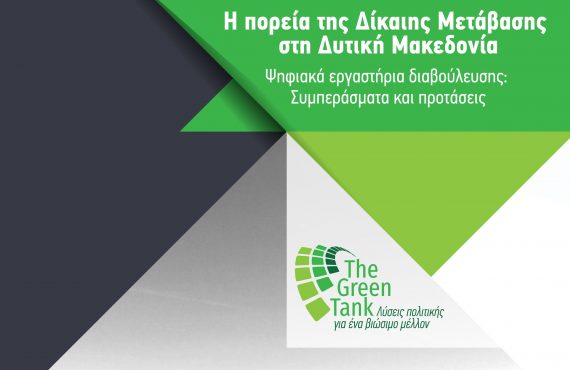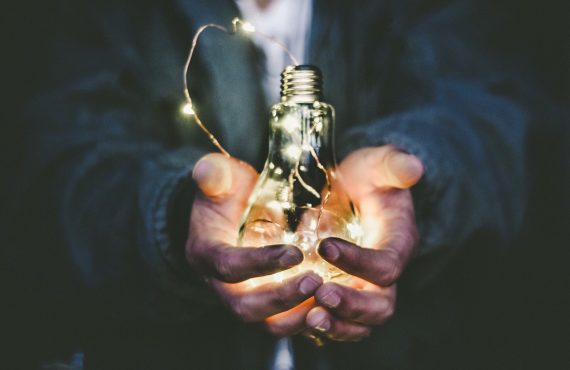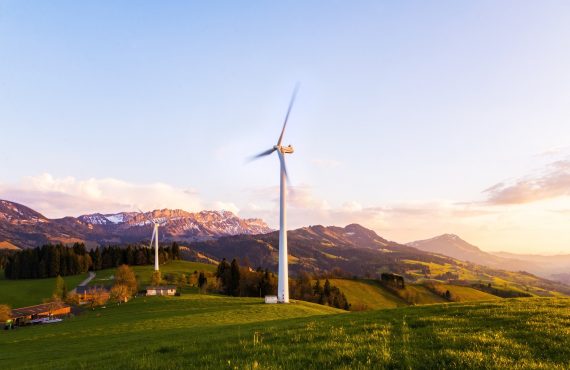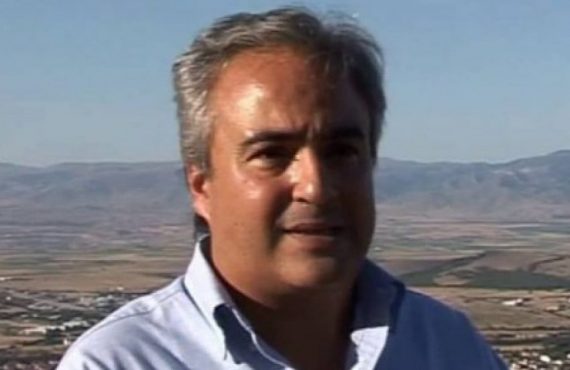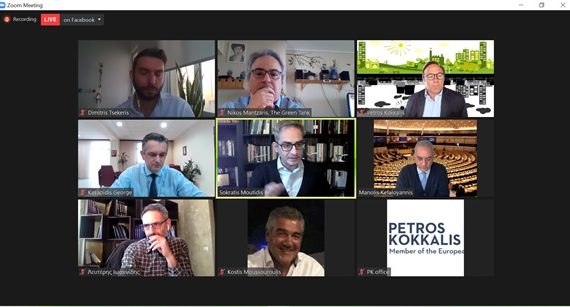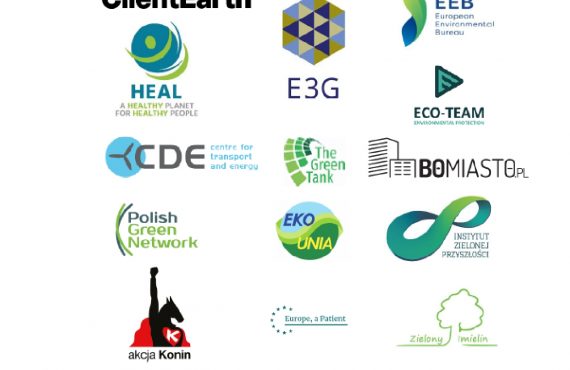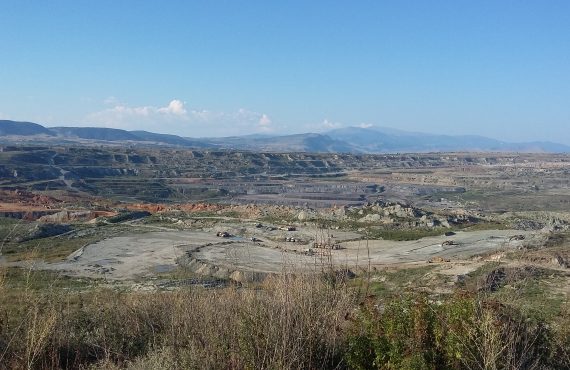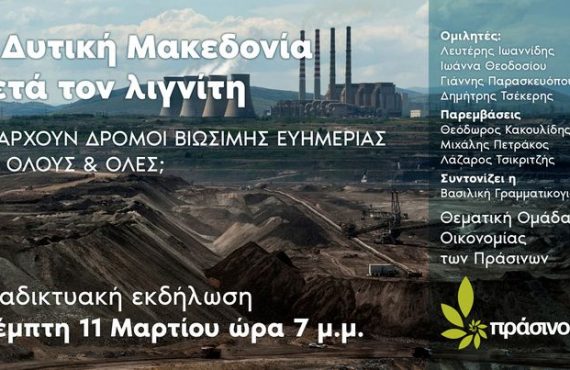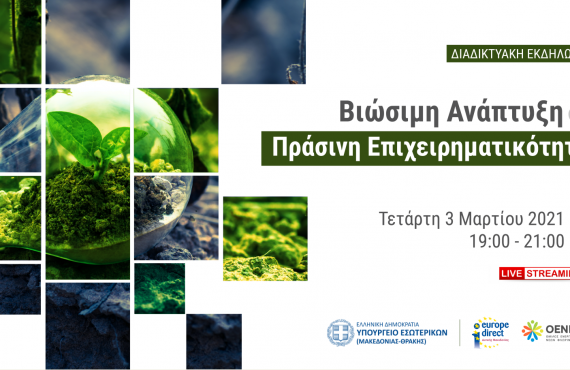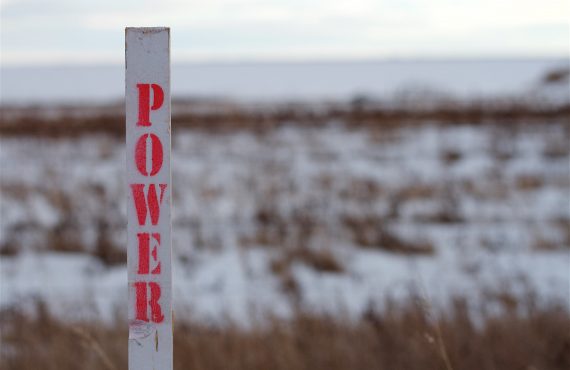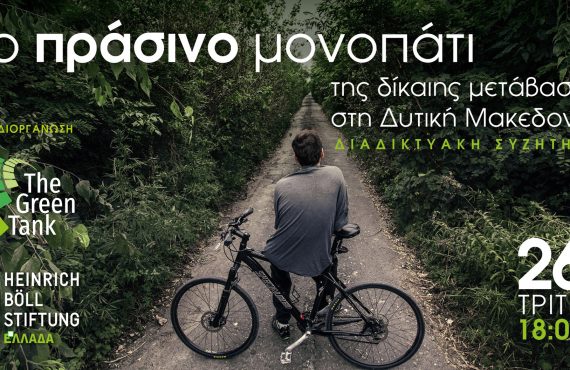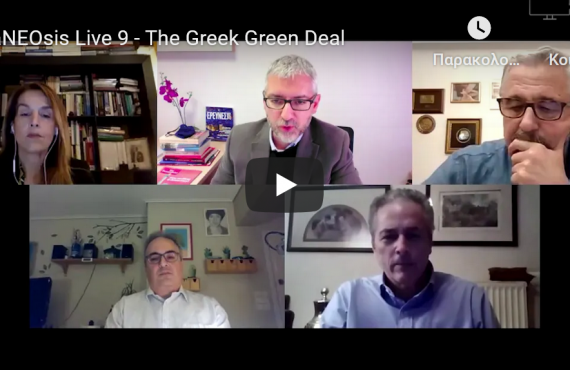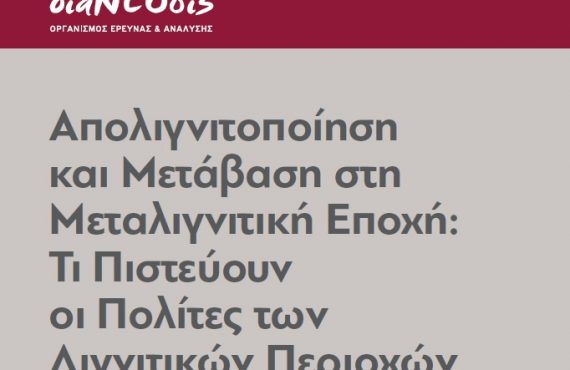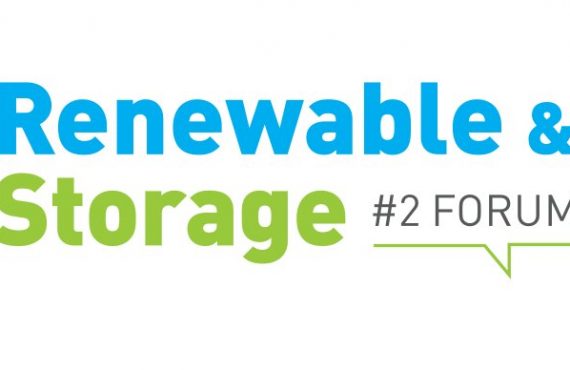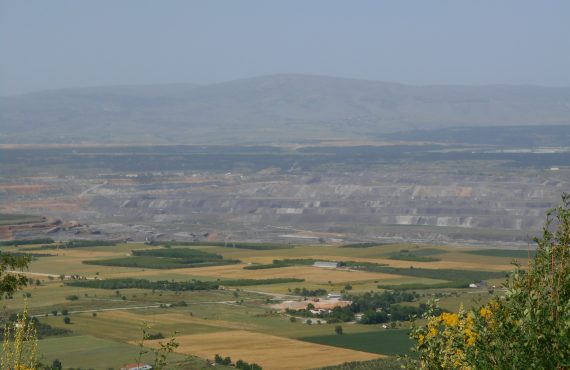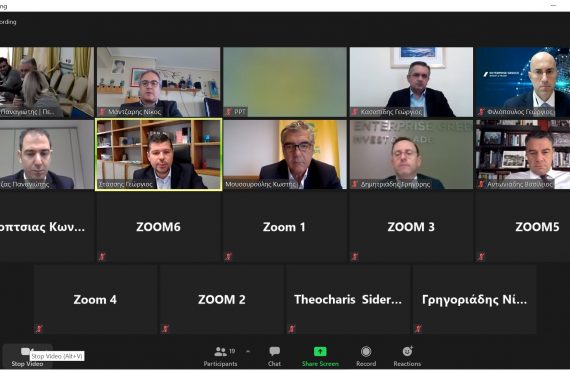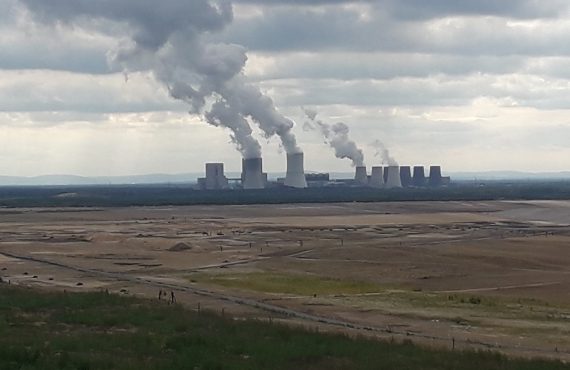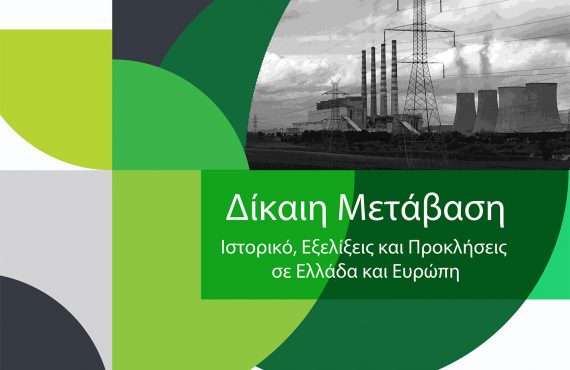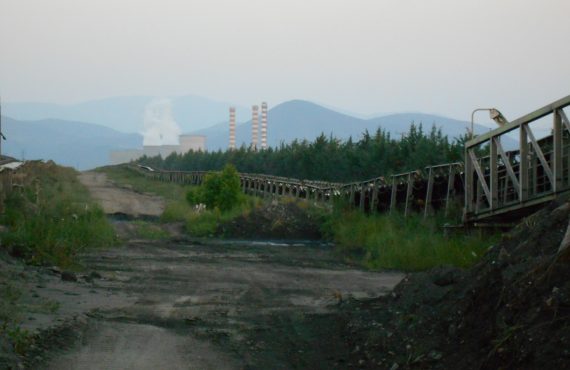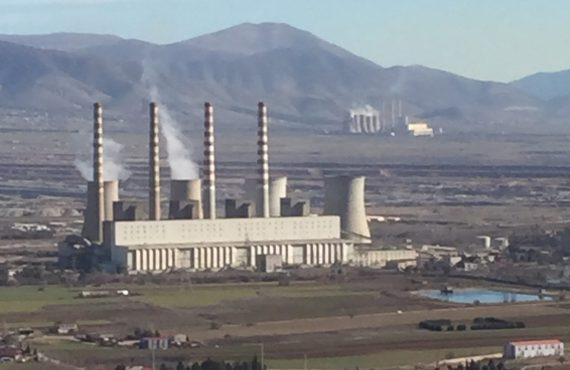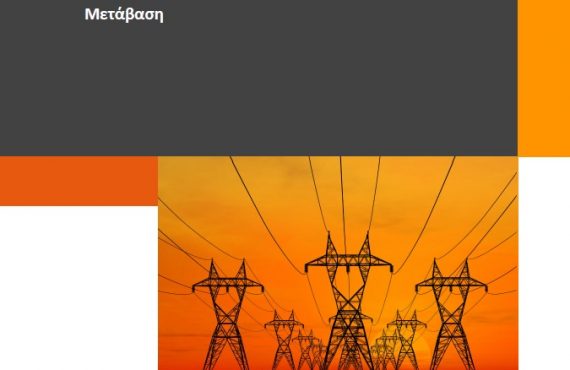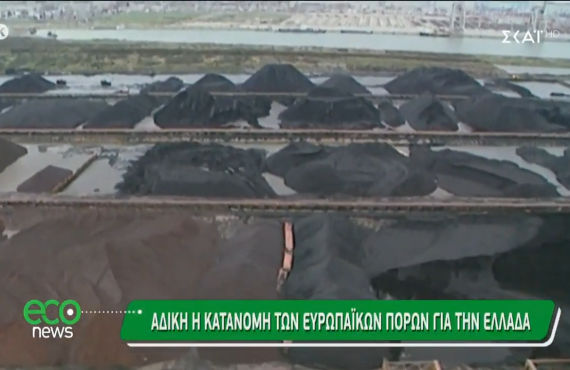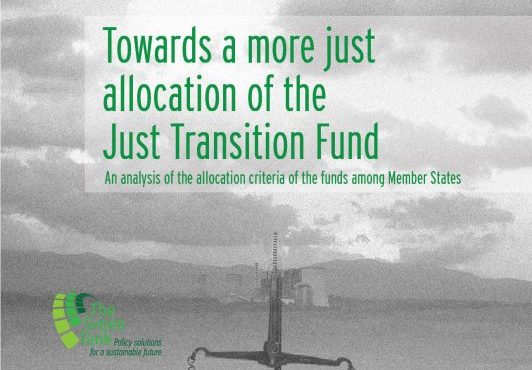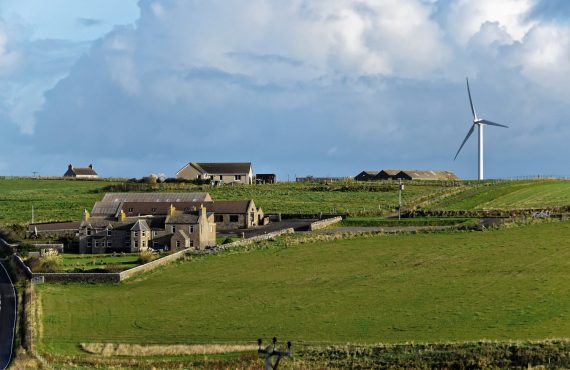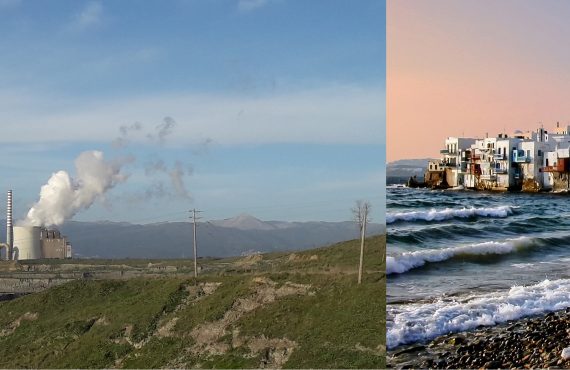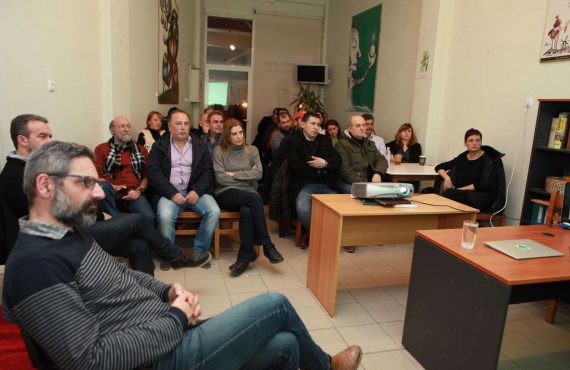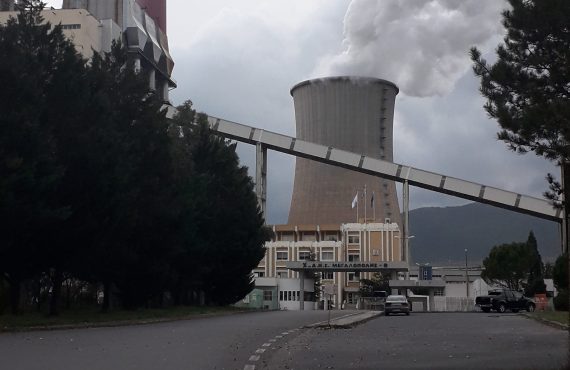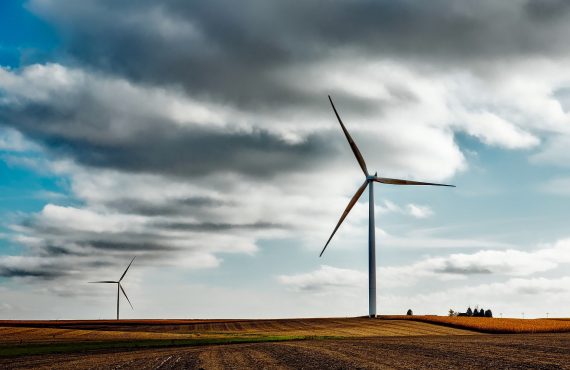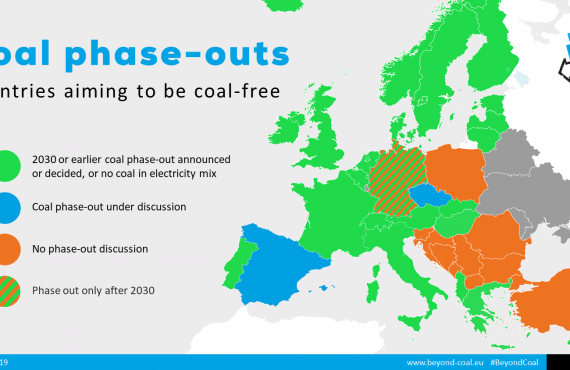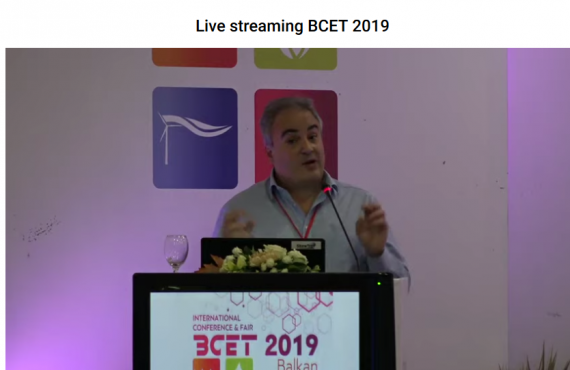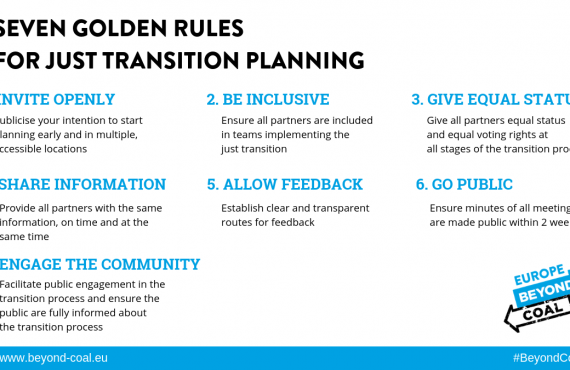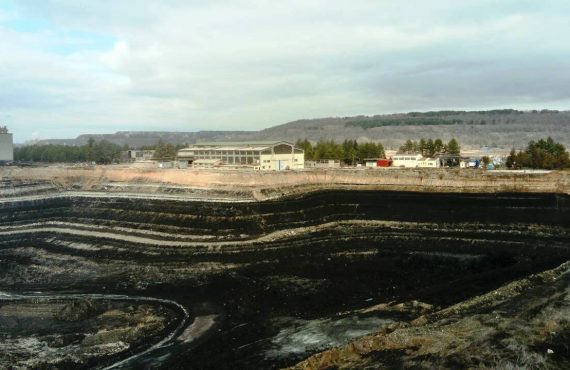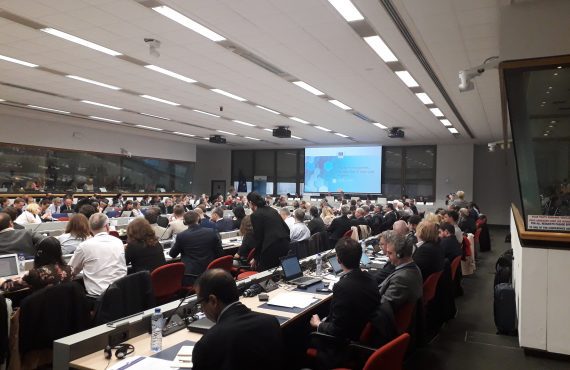P R E S S R E L E A S E
In 2023, self-production by households, farmers, businesses, municipalities and energy communities has doubled, reaching 421 MW, while the capacity of self-production projects operating only energy communities more than tripled (from 4.2 MW in 2022 to 14 MW in 2023). A new planning for the allocation of grid space is necessary, as the total capacity of operating self-production projects and pending projects is approaching the 2 GW margin provided for by Law No. 5037/2023.
Looking for ways to reduce energy costs and the effects of climate change, citizens in Greece’s lignite regions and across the country are increasingly active in energy self-production. Either individually or collectively through energy communities, they are claiming grid space to meet their own energy needs, making self-production a key driver of transition.
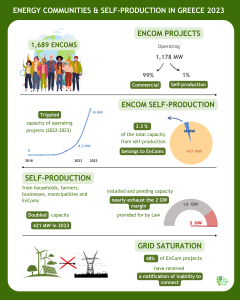 This is the trend reflected in the data processed by The Green Tank for the review titled “Energy Communities & Self-production in Greece and its Lignite Areas”. The review presents the more recent developments based on the data by the General Commercial Register (GEMI) and the Hellenic Electricity Distribution Network Operator (HEDNO) up to December 2023.The main findings can be summarized as follows:
This is the trend reflected in the data processed by The Green Tank for the review titled “Energy Communities & Self-production in Greece and its Lignite Areas”. The review presents the more recent developments based on the data by the General Commercial Register (GEMI) and the Hellenic Electricity Distribution Network Operator (HEDNO) up to December 2023.The main findings can be summarized as follows:
- From 2018 to 2023, 1,689 active energy communities have been established, increasing by 20% compared to 2022. These include 11 Renewable Energy Communities (RECs) and 5 Citizen Energy Communities (CECs). The Region of Central Macedonia continues to host the largest number of energy communities (334), while the lignite region of Western Macedonia ranks second (294).
- Nationwide, the total installed capacity of energy community projects amounts to 1,178 MW; the overwhelming majority (1,164 MW) comes from commercial projects, while only 14 MW correspond to self-production projects. However, self-production projects by energy communities show the greatest momentum. Their installed capacity has more than tripled in a year, while 377 new requests for such projects were submitted during 2023; in contrast, just 4 new requests were submitted for commercial projects.
- Despite progress, grid availability problems were intensified, as the 48% of pending energy community projects has already a notification of inability to connect by the HEDNO. Western Macedonia continues to have the highest rate of notification of inability to connect nationwide (75% of requested capacity).
- The total number of self-production projects by individual households, farmers, businesses, municipalities, other entities and energy communities continues to show an impressive growth, with the installed capacity almost doubling in one year, from 217 MW in 2022 to 421 MW in 2023. As a result, the installed and pending capacity of self-production projects, combined, amounts to 1,642 MW. This fact should be taken into consideration in the future planning for the allocation of available grid space, as it appears that the 2 GW margin for self-producer projects provided for by Law No. 5037/2023 is nearly exhausted.
Specifically for regions in transition, the review documents that the current capacity of pending self-production projects by energy communities is 43 MW, less than half of the 91 MW target set by the first financing program for energy community projects in these regions with local authorities and related institutions as beneficiaries. On this basis, it is proposed to immediately publish a complementary call to finance self-production projects of energy communities by citizens and SMEs that were not beneficiaries in the first call[1].
“Against the backdrop of the energy crisis and meeting climate targets, citizens are being asked to change their daily behaviours in a number of sectors and activities. At the same time, their impressive shift in the last 2 years to energy self-production makes it necessary to include them in the new planning for grid space and to allocate resources for project implementation”, says Ioanna Souka, Data Analyst, The Green Tank.
Notes:
- You can read the full text of The Green Tank’s review of developments titled “Energy Communities & Self-production in Greece and its Lignite Areas” here.
- You can see the evolution of energy communities by region, as well as all the latest institutional developments in The Green Tank’s Community Energy Watch.
- You can read the recent report by Facets and The Green Tank titled «Strategies for reducing the carbon footprint and tackling energy poverty in Greek households» and how self-production can contribute to this direction either individually or collectively here.
[1] The Alternate Minister for Economy and Finance, responsible for Just Transition in Greece, appears to be considering this possibility, according to his response as part of the parliamentary scrutiny.



